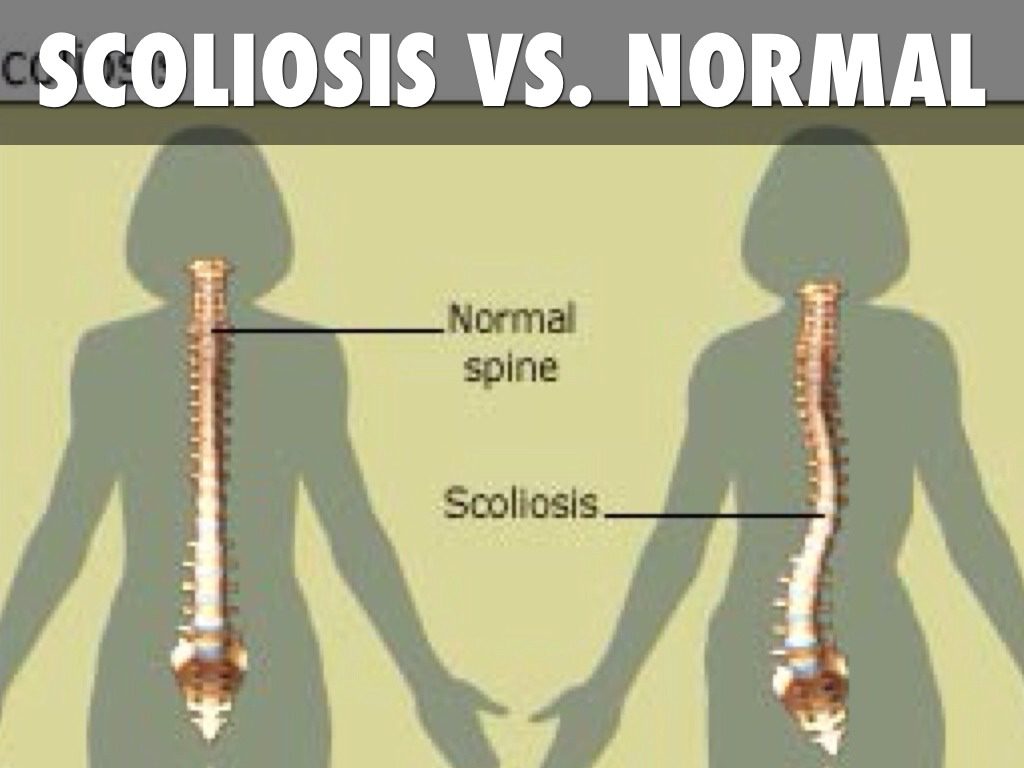 You’ve Got Spinal Curves
You’ve Got Spinal Curves
Your spine is made up of 24 bones called vertebrae that stack up one on top of the other to form a more or less straight line when viewed from front to back. Spines are not perfectly straight and that’s normal; when the spine curves or twists excessively side-to-side it is called scoliosis (Greek skolios or “crooked”).
What Causes Scoliosis?
In most cases of scoliosis the cause is unknown; the vertebrae and spinal structures—discs, ligaments, tendons and muscles—all appear normal.1 In a minority of the cases the scoliosis is caused by conditions such as a tumor, infection, cerebral palsy, muscular dystrophy, a birth deformity or disc problems.
Further deepening the mystery of scoliosis is the fact that no one knows why some minor curves get worse whereas about 90% do not. However, it is not true, as commonly thought, that poor posture is a cause of scoliosis or that women with scoliosis have more problems carrying babies to term.2 In fact, most people with scoliosis can lead normal lives, never even knowing that they have the condition. No one dies from scoliosis, but in some cases scoliosis sufferers can have breathing or heart problems if the curve is very severe.3
Unknown Controlling Factor
There appears to be some unknown controlling factor in scoliosis that causes a healthy spine to assume an unusual shape. Is there a genetic 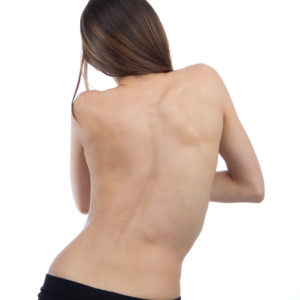 component? An emotional factor? Is it the nervous system? If there is anything that all scoliosis researchers can agree on, it’s that few of them agree.4
component? An emotional factor? Is it the nervous system? If there is anything that all scoliosis researchers can agree on, it’s that few of them agree.4
Bracing & Other Treatments
Does bracing help? Initial studies showed that curves straighten an average of 50% of the time with braces. But when bracing was followed in the long term, a gradual loss of correction was observed.5 Electrical stimulation also appears to be “ineffectual”6 and plaster casts have often been found to be emotionally scarring.7
Overtreatment?
According to Robert Mendelsohn, MD: Scoliosis is not serious unless the curvature of the spine is severe, but it is overtreated almost as often as it is overdiagnosed. If your child is diagnosed as a victim of scoliosis, don’t accept surgical procedures or even bracing without first exploring all of the less radical treatment alternatives.
Epidemiological studies on scoliosis are so scanty that we know next to nothing. There are no prospective controlled studies regarding the effects of orthotic treatment on the natural history of idiopathic scoliosis…. Is anything actually prevented or is progression merely delayed until a later period of life? The answers simply are not known.8
Neurological Disturbance
Research on scoliosis shows the cause or important contributing factor to be a disturbance or defect in the area of the nervous system that controls posture, body balance and positioning.9-13
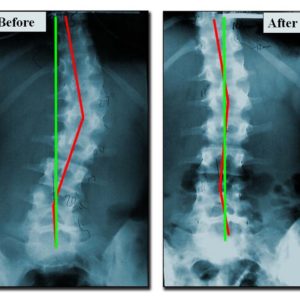 The Chiropractic Approach
The Chiropractic Approach
The purpose of chiropractic is to correct subluxations—a condition that interferes with the proper functioning of the nervous system and the body as a whole. Recent research suggesting that scoliosis may be caused by a neurological defect reinforces the validity of the chiropractic approach.
Fred Barge, DC, in Idiopathic Scoliosis: Identifiable Causes, Detection and Correction,14 gives 22 examples of cases of adolescent idiopathic scoliosis with significant improvement with chiropractic. One report of 100 chiropractic patients revealed 84% improved. In 6.8% the correction was total; in 35.6% there was significant correction; in 41.2% there was a small correction, while 16.4% showed no change or worsening of curves.15
One study of 28 adult patients demonstrated “sustained radiographic, self-rated, and physiologic benefits … after completion of a multimodal chiropractic rehabilitation treatment. Patients reported improvements in pain, Cobb angle, and disability.” Improvements remained on 24 month follow-up.16
Case Studies
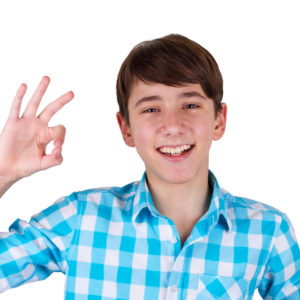
One case is that of a nine-year-old boy with juvenile idiopathic scoliosis (and intermittent back pain) who received chiropractic care. His posture began to balance immediately after the first adjustment. He had an 88% overall reduction in the scoliosis after five months of chiropractic care.17
A seven-year-old girl was born with right side facial paralysis (from a difficult birth), scoliosis, attention deficit disorder, difficulty concentrating, vomiting and light sensitivity from intense migraine headaches since the age of two. Her parents brought her in for chiropractic care and subluxation correction was initiated. Along with improvement of her subjective complaints such as migraines, difficulty concentrating and light sensitivity, after just one month of care X-rays revealed a 62% improvement in scoliosis.18
These cases are not unusual and are not just confined to the young; individuals from all age groups with scoliosis have been helped by chiropractic care.19-23
Chiropractors Are Specially Trained
Only a doctor of chiropractic is specially trained to locate and correct subluxations—spinal abnormalities that can affect not only the spine, but the entire body. Every scoliosis sufferer should be under chiropractic care. A body without subluxations is in a better position to resist abnormalities and diseases of all kinds, including scoliosis.
To schedule an appointment at Performance Chiropractic, call us at (661) 942-5000.
References
- Byrd JA. Current theories on the etiology of idiopathic scoliosis. Clinical Orthopaedics and Related Research. 1988;229:114-119.
- Betz RR et al. Scoliosis and pregnancy. J Bone and Joint Surgery. 1987;69-A:90-96.
- Morrissy R. School screening for scoliosis. Spine. 1988;13(10):1195-1197.
- Clayson D et al. Long-term psychological sequelae of surgically versus nonsurgically treated scoliosis. Spine. 1987;12:983-986.
- Reinshaw T. Screening school children for scoliosis. Clinical Orthopaedics and Related Research. 1988;26-33.
- Lantz C et al. Effect of chiropractic intervention on small scoliotic curves in younger subjects: a time-series cohort design. JMPT. 2001;24:385-393.
- DiRaimondo CV, Green NE. Brace-ware compliance in patients with adolescent idiopathic scoliosis. Journal of Pediatric Orthopaedics.1988;8:143-146.
- Mendelsohn R. How to Raise a Healthy Child…In Spite of Your Doctor. Chicago: Contemporary Books.1984.
- Cook SD et al. Upper extremity proprioception in idiopathic scoliosis. Clinical Orthaepedics and Related Research. 1986;213:118-123.
- Wyatt MP et al. Vibratory response in idiopathic scoliosis. The Journal of Bone and Joint Surgery. 1986;68-B:714-718.
- Dretakis E et al. Electroencephalographic study of school-children with adolescent idiopathic scoliosis. Spine. 1988;13:143-145.
- Byrd JA. Current theories on the etiology of idiopathic scoliosis. Clinical Orthopaedics and Related Research. 1988;229:114-119.
- Herman R et al. Idiopathic scoliosis and the central nervous system: a motor control problem. Spine. 1985;10:1-14.
- Barge G. Scoliosis correction. European Journal of Chiropractic. 1985;33:77-91.
- Barge FH. Idiopathic Scoliosis: Identifiable Causes, Detection and Correction. Davenport, IA: Bawden Bros. Inc, 1986.
- Morningstar MW. Outcomes for adult scoliosis patients receiving chiropractic rehabilitation: a 24-month retrospective analysis. J Chiropr Med. 2011;10(3):179-184.
- Correction of juvenile idiopathic scoliosis after primary upper cervical chiropractic care: a case study. CRJ. 1997;IV(1):29.
- Jaszewski E, Sorbara A. Improvement in a child with scoliosis, migraines, attention deficit disorder and vertebral subluxations utilizing the Pierce Chiropractic Technique. Journal of Pediatric, Maternal & Family Health – Chiropractic. 2010;1:30-34.
- Fortinopoulos V. Scoliosis and subluxation. ICPA. July/August 1999.
- Simpson S. The palliative care of a post-polio syndrome patient. Clinical Chiropractic. 2006;9(2):81-87.
- Ressel O, Rudy R. Biovertebral subluxation correlated with somatic,visceral and immune complaints: an analysis of 650 children under chiropractic care. JVSR. October 18, 2004;1-23.
- Morningstar M, Joy T. Scoliosis treatment using spinal manipulation and the Pettibon weighting system: a summary of 3 atypical presentations. Chiropractic & Osteopathy. 2006;14:1.
- Morningstar M. Integrative treatment using chiropractic and conventional techniques for adolescent idiopathic scoliosis: outcomes in four patients. JVSR. July 9, 2007;1-7.
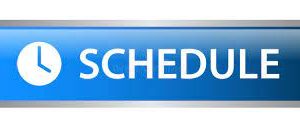

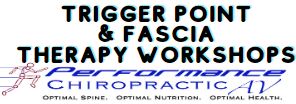

FOLLOW US!